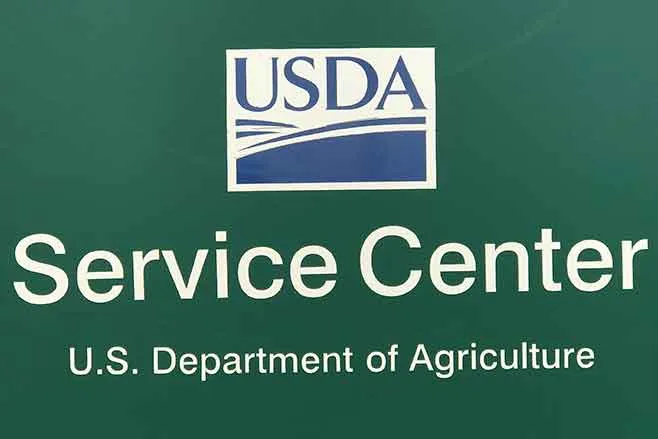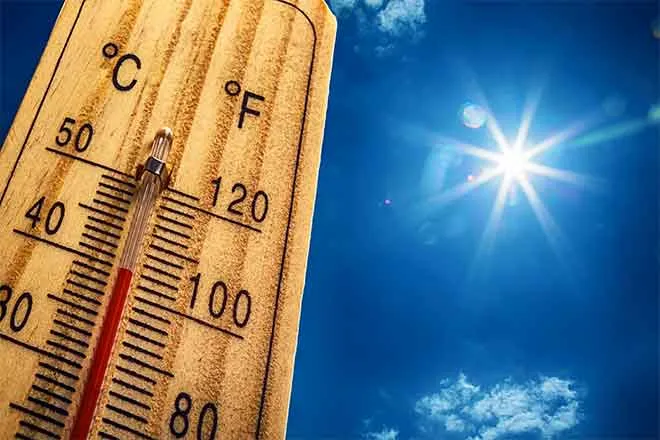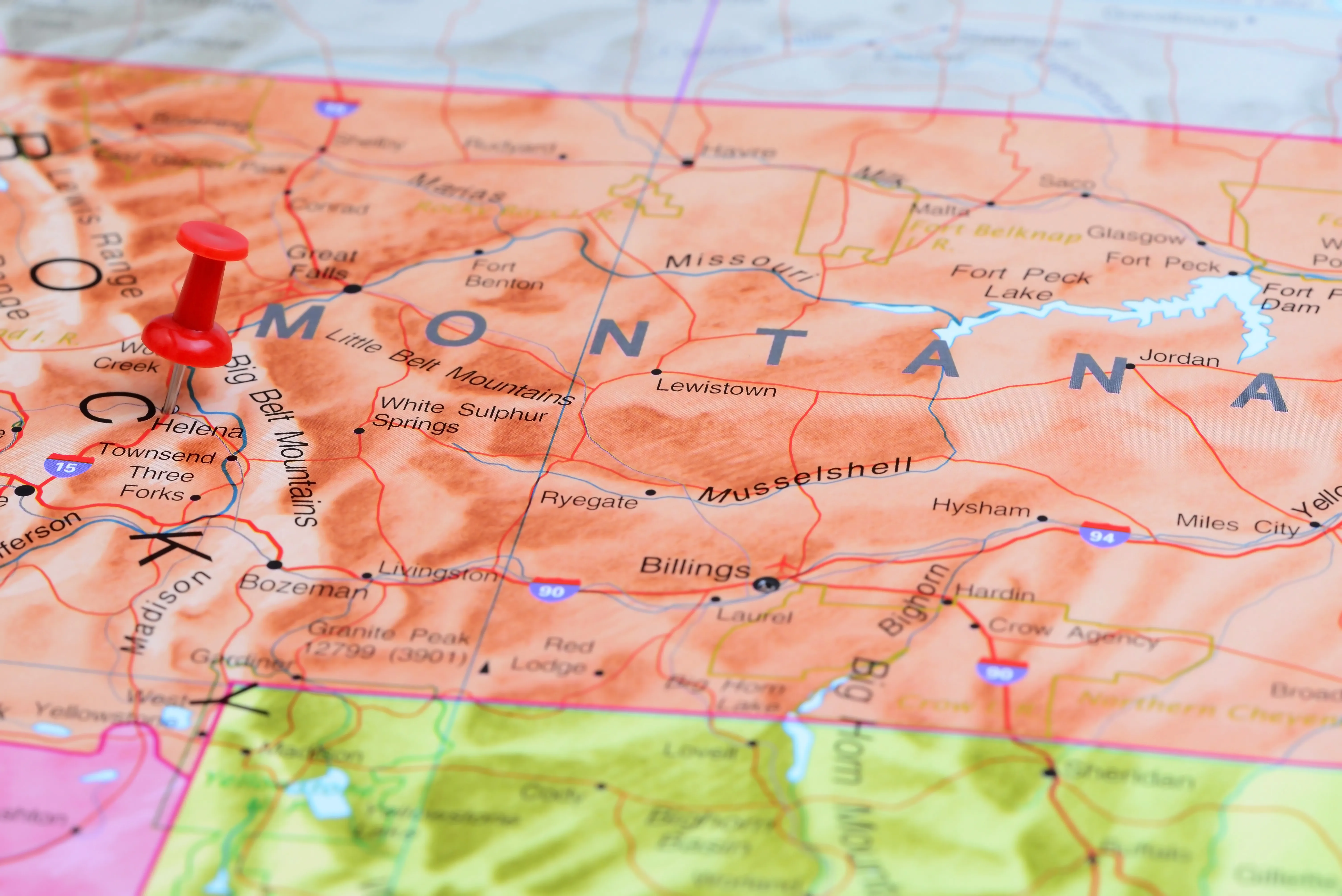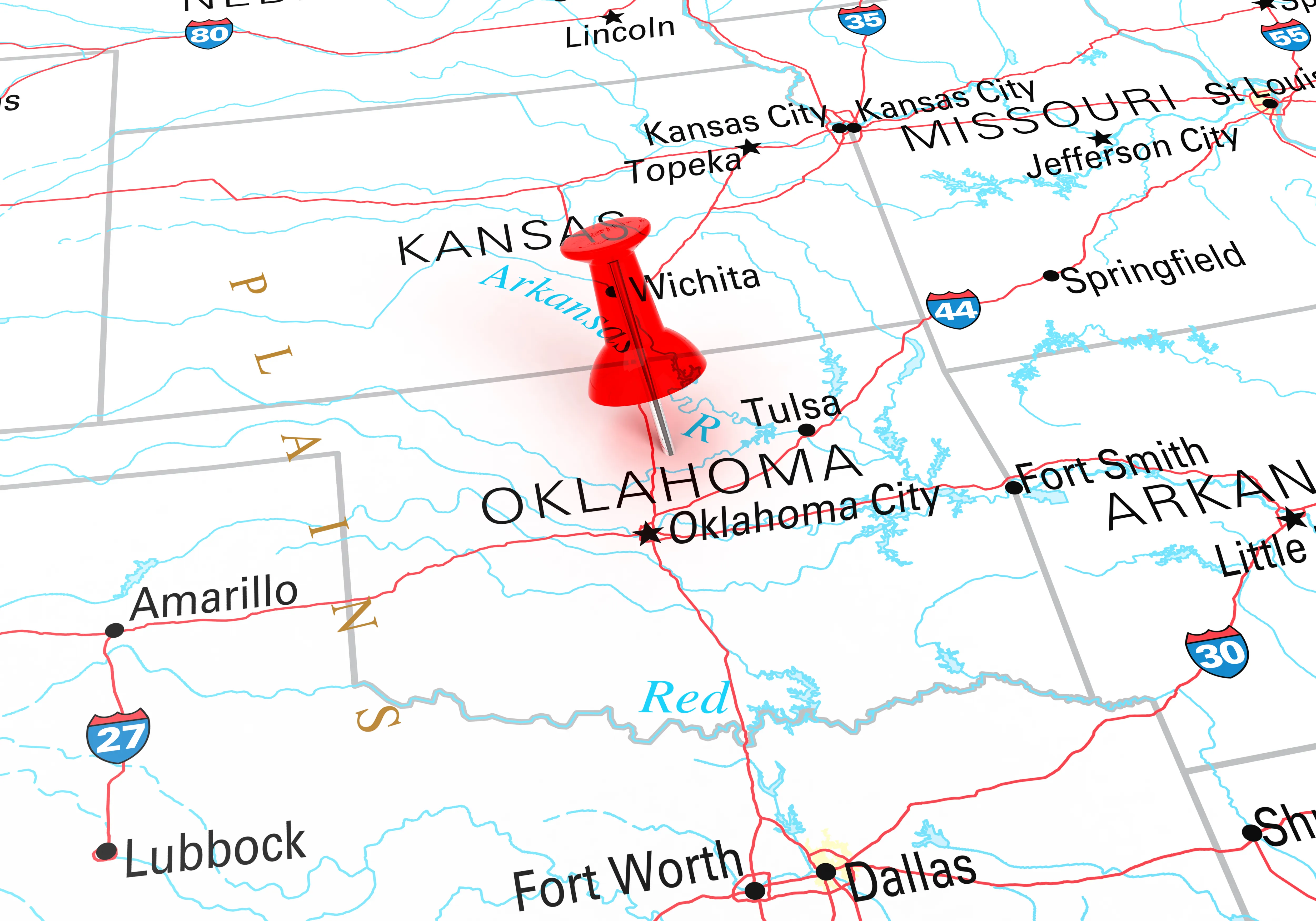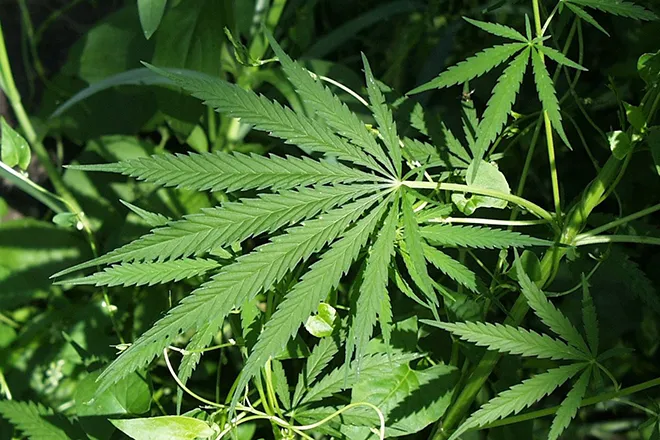
Rural lenders, crop insurance agents push for bolstered safety net at farm bill hearing
(Colorado Newsline) Rural bank executives and crop insurance agents testified at a Senate hearing last week in support of a modernized crop insurance market that helps upstart producers manage growing risks, and supports food security.
The witnesses told the Senate Committee on Agriculture, Nutrition, and Forestry that crop insurance represents one of the most important financial tools in the agricultural producer’s toolbox. They added that efforts to weaken it or tie it to climate provisions in the farm bill would undercut the economies of rural America that depend on it.
“I would submit that it’s the only viable risk management tool that our farmers have today,” said William Cole, chairman of the Crop Insurance Professionals Association. “It’s the underpinning of all of our rural communities, to a certain extent.”
The federal crop insurance program, contained in Title XI of the farm bill, helps make insurance coverage available to farmers from private sector insurers to mitigate potential financial consequences of adverse growing and market conditions.
The finance leaders argued that crop insurance premiums should be lowered to encourage greater participation, which would consequently decrease risk for all producers. They said that given farmers and ranchers are financially invested in the safety net, a strong crop insurance program is more economically efficient to American taxpayers than ad-hoc disaster relief.
The witnesses also testified in favor of increasing the payment limits and efficiency of the Department of Agriculture’s guaranteed loan programs to keep up with rising farm operating expenses. They said that with rising interest rates, tax exemptions and loan flexibility will be key for farmers to meet their financial obligations.
The program offers insurance coverage for most field crops, many specialty crops, certain livestock and animals, and grazing lands. Outlays are estimated to be close to $53.5 billion between 2018 and 2023 by the USDA Office of the Inspector General. This number does not account for the more than $90 billion in ad-hoc emergency aid the USDA delivered to farmers in that same five-year period, mostly during the COVID-19 pandemic.
The agency’s farm credit and guaranteed loan programs are located in Title V of the farm bill, and are designed to help farmers access the financial credit they need to grow and sustain their farming operations, via direct loans and loan guarantees.
The 2018 farm bill expires at the end of September 2023, was projected to cost $867 billion over 10 years when enacted, and has cost roughly $428 billion over the past five years. Baseline spending for the coming farm bill is projected at $1.5 trillion over the next 10 fiscal years, according to the Congressional Budget Office.
Ag business leaders defend crop insurance
The agriculture business leaders on the panel unanimously agreed on the need to maintain a robust crop insurance program, so producers can obtain lines of credit to expand operations, and maintain a functional safety net amid outdated reference prices for Title I commodity programs.
“I think it’s extremely important to note that the coverage does not just help farmers recover after a natural disaster,” Cole said. “It means so much more than that.”
Gus Barker, a witness and the president and CEO of First Community Bank in Newell, Iowa, said that bank regulators insist borrowers have crop insurance to repay their loans, and it allows producers to qualify for operating loans with extremely tight margins and high risk.
James Korin, the president of NAU Country Insurance in Ramsey, Minnesota, said that it is more efficient for taxpayers to put money into the crop insurance program, where the farmer is shouldering some of the cost, than in ad-hoc aid.
Jason Meador, head of Rural Community Insurance Services, said that crop insurance is currently farmers’ “first line of defense” against climate change, and has a track record of delivering assistance in a predictable and timely fashion compared to ad-hoc aid.
The coverage does not just help farmers recover after a natural disaster. It means so much more than that– William Cole, chairman of the Crop Insurance Professionals Association
Korin and Meador both said integration of climate-related practices in the program must be incentive-based, “actuarially sound,” and funded separately from the broader crop insurance program.
“It is important that the formula provides enough return to cover our costs, and a reasonable long-term rate of return on the billions of dollars of capital we invest,” Korin said.
Republican Sen. John Hoeven of North Dakota asked what would happen if Congress attempted to weaken crop insurance through cuts.
“Without the safety net for our farmers and ranchers, grocery shelves could quickly empty after a bad growing season across America’s heartland,” Korin said.
“It’s so important to our small rural communities, not just the farmers relying on it,” Cole said. “These vendors here rely on it heavily — the tractor dealerships, the seed and chemical dealerships.”
Republican Sen. John Boozman of Arkansas asked the panelists about the importance of crop insurance for producers in the face of high interest rates and inflation.
Phillip D. Morgan, a witness and the CEO of Southern AgCredit, said that as producers see their balance sheets decline with high input costs, the safety net crop insurance provides is a guarantee that they will be able to keep farming into the future.
Democrats worry about ag economy
Democrats on the committee asked panelists for their perspectives on the state of the agricultural economy and its structures, amid recent external shocks like bank failures and the risk of a national default if the debt ceiling is not raised.
Sen. Kirsten Gillibrand of New York asked if recent banking disruptions — fueled by three of the largest bank collapses in U.S. history — pose a risk to rural lenders and creditors.
Korin said that the change in the banking industry has “no doubt” affected the cost of capital for NAU Country Insurance, which has seen reinsurance costs go up 40%.
Jase Wagner, the president and CEO of Compeer Financial in Sun Prairie, Wisconsin, said that financial risk to farmers from these bank failures is “not real acute right now.” Still, he said the aftershocks are something his company is monitoring with its district bank, AgriBank, to minimize risk for newer producers.
Sen. Debbie Stabenow of Michigan, the chair of the committee, asked how the availability of credit and interest rates on farm loans would be affected if the country were to default on its debts.
Morgan said that the rapid hikes in interest rates from the Federal Reserve have farm operators looking at operating loan interest rates twice that of the previous year, and could worsen. He said that while producers will feel the impacts of those cost increases, NAU Country Insurance is “well-equipped” to weather potential adversity.
Wagner added that the risk-free rate, linked to the cost for a bank to borrow money, would be adversely impacted by a default. He said the impacts would compound across loans for inputs like fertilizer and seed, and make it harder for producers to pay them off.
Barker said that his organization is pushing a bill in Congress that would exempt taxes on the interest of all rural agricultural loans and real estate in towns of 2,500 people or fewer, which would lower already-high rates by a measure of 1.5 to 2.5 percentage points.
“So it’s safe to say that no one thinks that the U.S. defaulting is a good idea for farmers and ranchers,” Stabenow asked, eliciting nods and chuckles from the panelists.
Increasing loan limits
The panelists also angled to increase loan payment limits on Farm Service Agency loans in Title V, noting that they have not kept pace with current prices.
Morgan cited that the cost of building a modern poultry house in Louisiana or Mississippi is up 37% from three years ago. He said that the Farm Credit Council supports an increase to a $3.5 million limit for a building loan, which is currently at just over $2 million, and a $3 million limit for an operating loan.
Wagner said that in some cases, younger producers may get help from outside parties on the land loan, but not the operating loan, and with the rising costs of input and land, “you hit that limit real quickly.”
Barker said that while his organization “could live with those numbers,” they would like to keep it indexed with inflation to keep up in the future.
Colorado Newsline is part of States Newsroom, a network of news bureaus supported by grants and a coalition of donors as a 501c(3) public charity. Colorado Newsline maintains editorial independence. Contact Editor Quentin Young for questions: info@coloradonewsline.com. Follow Colorado Newsline on Facebook and Twitter.



